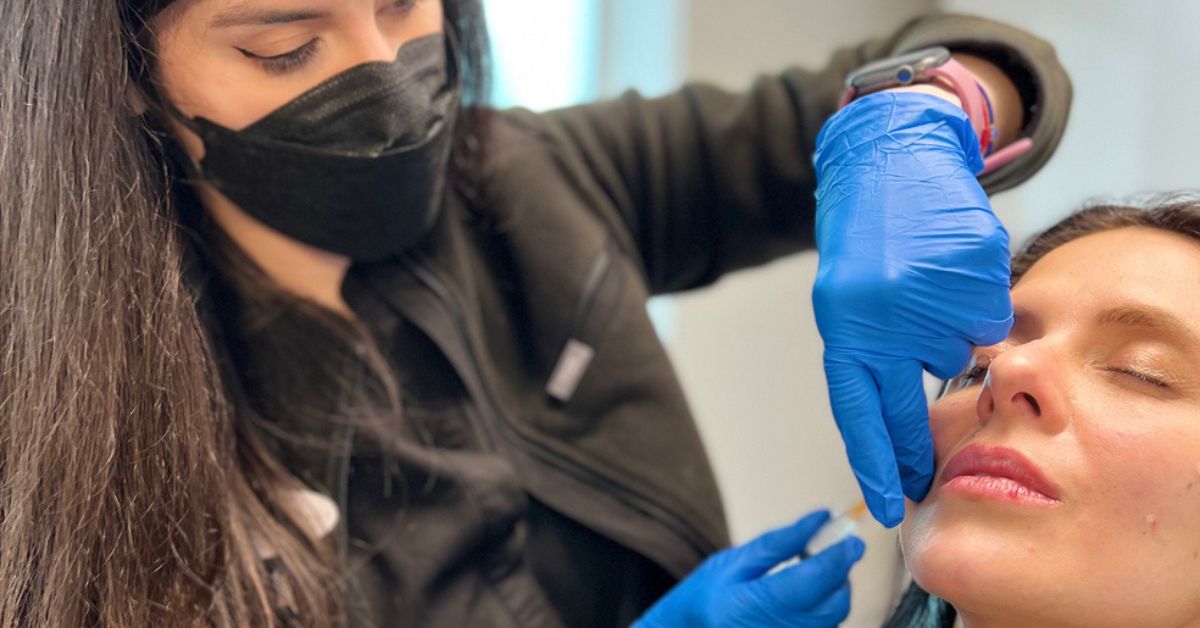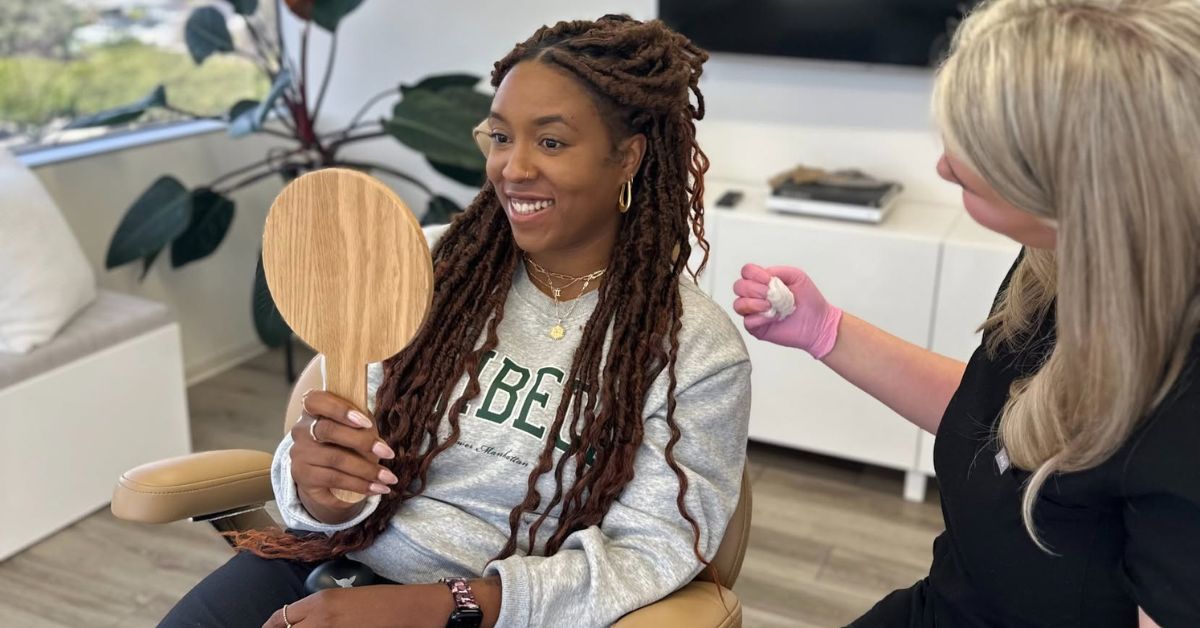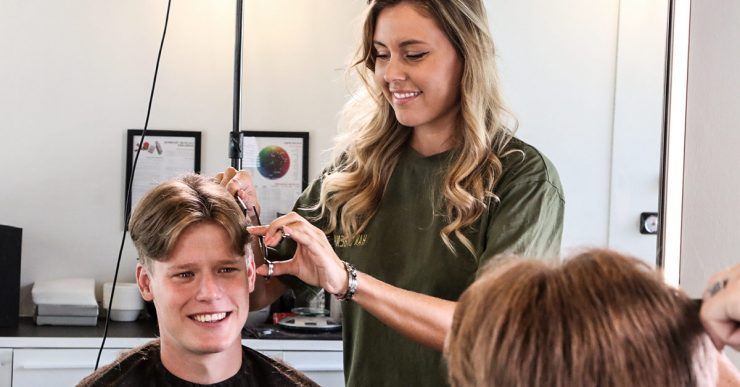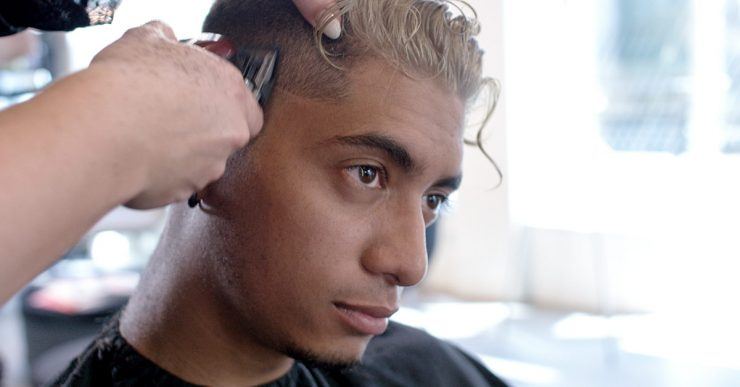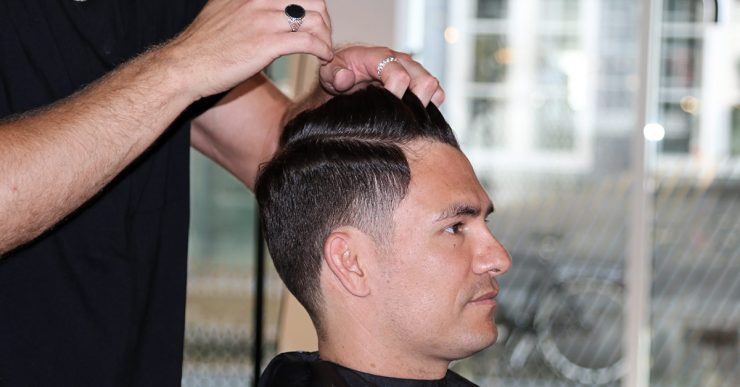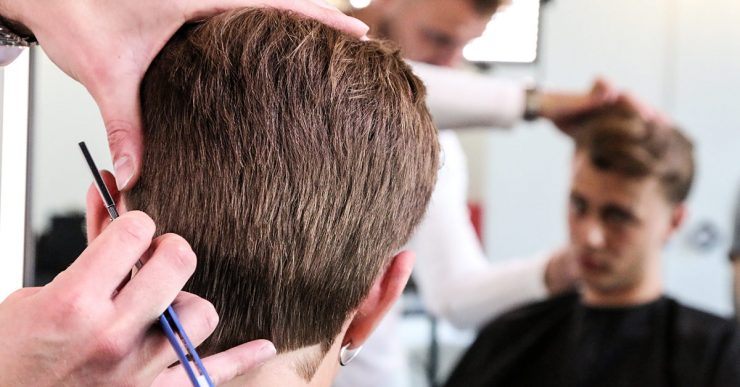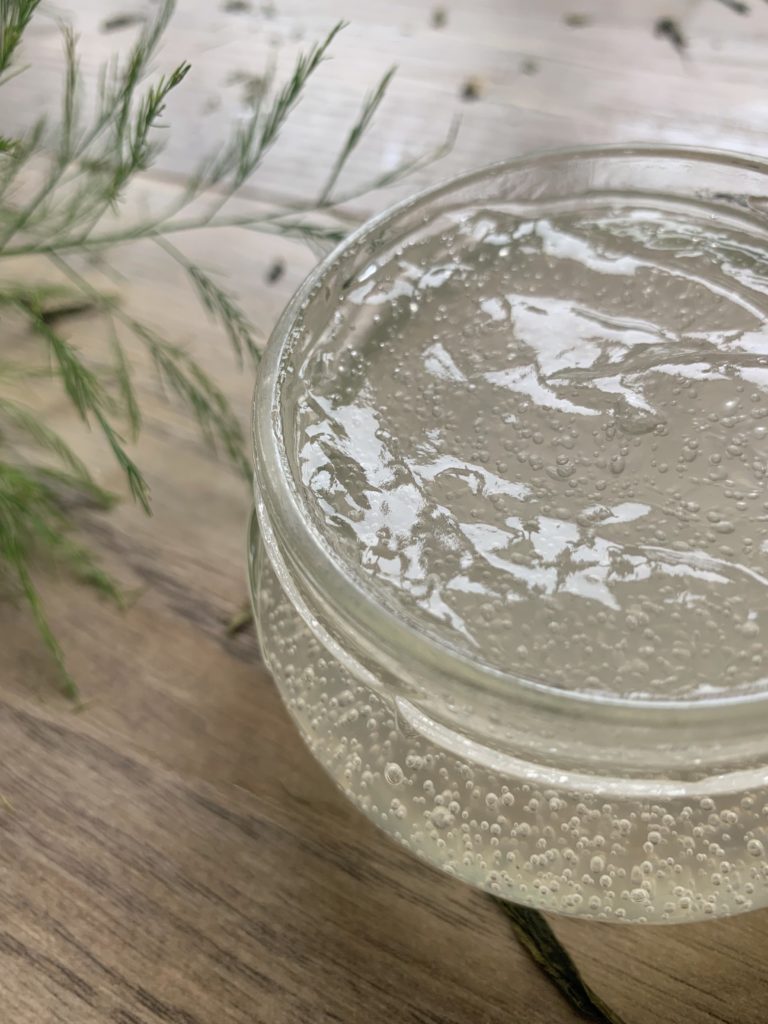A majority of women complain that they wake up with facial bloating and then walking around with a puffy face affects their appearance and self-esteem. Women often feel the pressure to maintain a certain standard of beauty, and facial bloating can make them feel less confident about their appearance. Beyond cosmetic concerns, facial bloating can also be physically uncomfortable, causing sensations of heaviness or tightness in the face. But did you know a lot of foods in your daily diet can lead to facial bloating. In this article, read about 7 foods to avoid for a slimmer face.

What is Facial Bloating?
Facial bloating refers to swelling or puffiness in the face, typically caused by fluid retention. It can make the face appear swollen, particularly around the cheeks, eyes, and jawline. Common causes of facial bloating include excessive salt intake, dehydration, hormonal changes, allergies, sinus issues, alcohol consumption, and certain medical conditions like kidney or thyroid problems. Temporary facial bloating often resolves on its own or with simple remedies like drinking more water, reducing salt intake, and getting enough sleep. However, persistent or severe facial bloating may require medical attention to address the underlying cause. Additionally, certain foods can trigger excessive bloating on the face, and we have listed some of the foods to avoid below for a slimmer face:
1. Sugar:
Consuming sugary foods and beverages can lead to blood sugar spikes, triggering the release of insulin. Insulin helps cells absorb glucose from the bloodstream, but excess insulin can also cause the body to retain sodium and water, leading to fluid retention and bloating, including in the face. Moreover, sugary foods often contain high levels of refined carbohydrates, which can cause fluctuations in blood sugar levels and promote inflammation in the body. Inflammation can disrupt the balance of fluids in tissues, leading to swelling and puffiness, including in the face. Sugary foods and drinks can also contribute to the breakdown of collagen and elastin fibers in the skin through a process called glycation. This can weaken the skin’s structure and elasticity, leading to sagging and puffiness in the face. Overall, reducing sugar intake can help minimize facial bloating by stabilizing blood sugar levels, reducing inflammation, promoting hydration, and preserving skin health.
3. Refined Carbs:
When you consume refined carbs like white bread, pasta, and sugary snacks, they cause a rapid spike in blood sugar levels. This spike triggers the release of insulin, a hormone that helps cells absorb glucose from the bloodstream. However, excessive insulin can also lead to the retention of sodium and water in the body, resulting in fluid retention and bloating, including in the face. Refined carbs can also cause gassiness and other digestive issues, hich can exacerbate bloating in the abdomen and may indirectly contribute to facial bloating as well.
3. Fried Foods:
Fried foods are often high in unhealthy fats, particularly trans fats and saturated fats, which can lead to inflammation in the body. This inflammation can disrupt the balance of fluids in tissues, leading to swelling and puffiness, including in the face. Additionally, fried foods such as French fries can be high in sodium, either from added salt during cooking or from processed ingredients used in frying. Excess sodium intake can lead to water retention in the body, causing bloating and puffiness, including in the face. Also read: “5 Real Reasons you are Craving French Fries!”
4. Salad Dressing:
Many commercial salad dressings contain high levels of sodium, often in the form of added salt or sodium-containing preservatives. As we all know by now, excessive sodium intake can lead to water retention in the body, causing bloating and puffiness of the face and body. Additionally, store-bought salad dressings may contain added sugars or refined carbohydrates to enhance flavor, which can also cause water retention. Do you know certain ingredients commonly found in store-bought salad dressings, such as dairy products or gluten-containing grains, may trigger food sensitivities or intolerances in some people, which may exacerbate facial bloating.
5. Fast Food Joint Sandwiches:
Do you know sandwiches from most fast-food joints may contain high levels of sodium, both from added salt and from processed ingredients such as cured meats, cheese, and other condiments. Excessive sodium intake can lead to water retention in the body, causing bloating and puffiness. Additionally, fast food sandwiches are typically made with refined carbohydrates such as white bread or burger buns. As mentioned above, refined carbs lead to sharp insulin spike, fluid retention, and bloating. Also read: “17 Foods that Cause Bloating and How to Prevent Gassiness.”
6. Processed Meats:
Processed meats like salami, bacon, and sausages can contribute to facial bloating due to their high sodium level as salt is used in their processing and preservation. Excessive sodium intake can lead to water retention in the body, causing bloating and puffiness, including in the face. Processed meats may typically contain additives such as nitrates and nitrites, which are used to enhance flavor and prolong shelf life which can cause inflammation adn bloating.
7. Soy Sauce:
Soy sauce is a staple condiment in many Asian cuisines and is often used generously in cooking and as a dipping sauce. However, just one tablespoon of soy sauce can contain a significant amount of sodium, which can lead to water retention in the body. Excessive sodium disrupts the balance of fluids in tissues, causing them to hold on to more water than necessary, leading to bloating of the face and body.
Finally, do remember that alcohol can also lead to facial puffiness, so it’s crucial to limit your consumption.
Overall, to reduce facial bloating and puffiness, it’s important to adopt a holistic approach. Avoiding foods high in sodium, refined carbohydrates, and unhealthy fats, as mentioned earlier, can help minimize bloating. Additionally, prioritizing quality sleep and limiting alcohol consumption can further alleviate facial puffiness. Staying well-hydrated by drinking adequate water throughout the day is also key to reducing fluid retention and promoting a more refreshed appearance. By incorporating these lifestyle adjustments, you can effectively de-puff your face and achieve a less bloated look.
For complete weight loss diet plans to lose weight, download and subscribe to the Rati Beauty app.
17 Foods that Cause Bloating and How to Prevent Gassiness
5 Real Reasons you are Craving French Fries!
The post Reduce Facial Bloating: 7 Foods To Avoid For a Slimmer Face appeared first on Makeupandbeauty.com.

